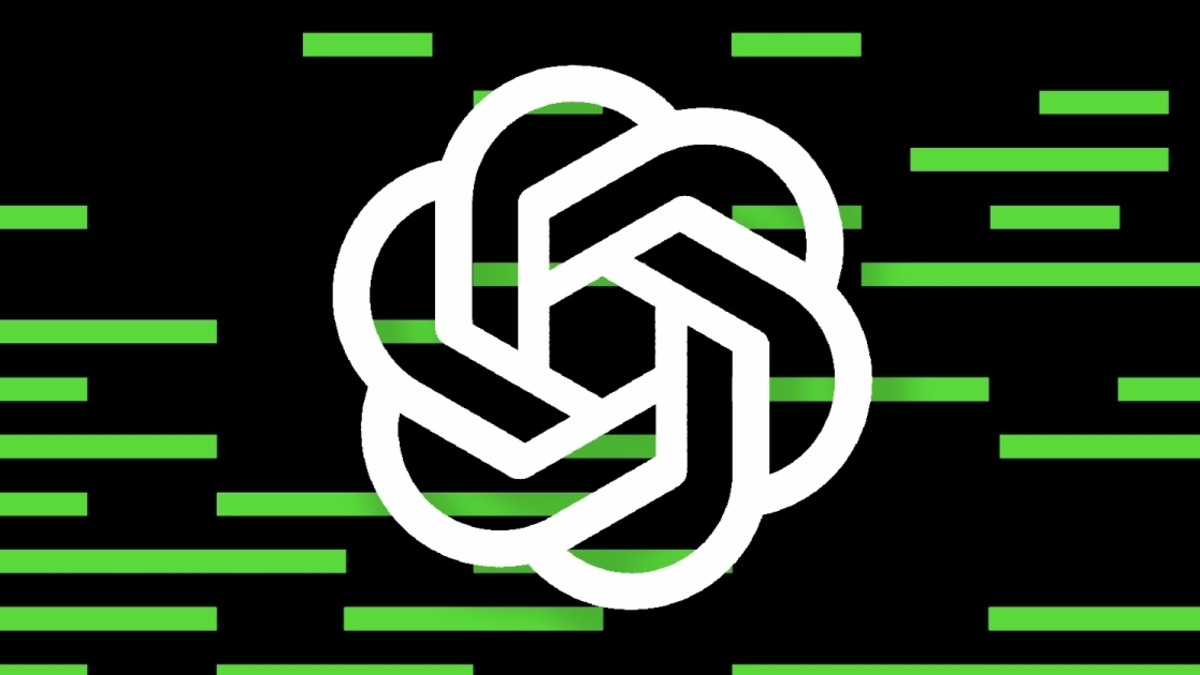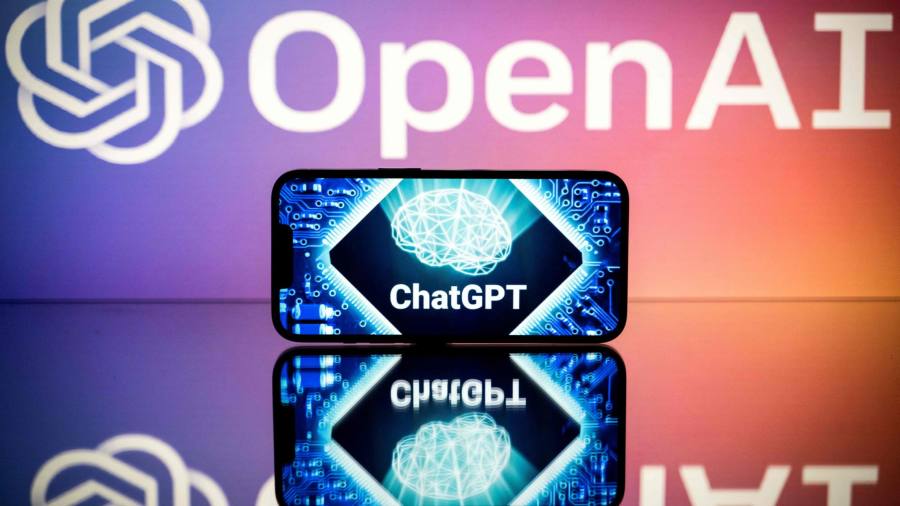OpenAI Unveils GPT-4: The Multimodal Model Capable of Human-Level Performance
March 15, 2023 By Monica Green

(Image Credit Google)
Source: Freethink
OpenAI
announced on Tuesday the release of GPT-4, a large multimodal model that can accept both text and image inputs and generate text outputs that "exhibit human-level performance on various professional and academic benchmarks." According to OpenAI, GPT-4 potentially represents a new era in artificial intelligence. The model was tested on several tasks and was found to score at a human level on many of them.
The GPT series of foundational language models began with the original GPT in 2018 and has since been followed by GPT-2, GPT-3, and GPT-3.5. GPT-4 is the latest addition to this series, with a significant improvement in its capabilities over its predecessors. The GPT models are trained to predict the next token in a sequence of tokens using a large body of text pulled mostly from the Internet. During training, the neural network builds a statistical model that represents relationships between words and concepts.
GPT-4 is currently available to subscribers of ChatGPT Plus, and OpenAI plans to release its text capability through ChatGPT and its commercial API. However, there will be a waitlist at first. OpenAI is also testing GPT-4's image input capability with a single partner, Be My Eyes, an upcoming smartphone app that can recognize a scene and describe it.
OpenAI has also released a technical paper describing GPT-4's capabilities and a system model card detailing its limitations in detail. GPT stands for "generative pre-trained transformer."
 Source: Financial Times
Source: Financial Times
GPT-4's performance is noteworthy as it can follow complex instructions in natural language and generate technical or creative works with more depth than its predecessors. It can generate and process up to 32,768 tokens, allowing for much longer content creation or document analysis than previous models.
During testing, GPT-4 took several tests such as the Uniform Bar Exam, the Law School Admission Test (LSAT), the Graduate Record Examination (GRE) Quantitative, and various AP subject tests. It scored at a human level on many of these tasks, which means that if GPT-4 were a person being judged solely on test-taking ability, it could get into law school and likely many universities as well.
In addition to OpenAI's announcement,
Microsoft announced that Bing Chat has been running on GPT-4 all along. This is a significant step forward for the use of GPT-4 in commercial applications.
Overall, GPT-4 represents a significant leap forward in the capabilities of artificial intelligence models. Its ability to accept both text and image inputs and generate human-level text outputs is a notable achievement. As the field of AI continues to evolve, GPT-4 and models like it will undoubtedly play an increasingly important role in shaping the future of technology.


 Source: Financial Times
GPT-4's performance is noteworthy as it can follow complex instructions in natural language and generate technical or creative works with more depth than its predecessors. It can generate and process up to 32,768 tokens, allowing for much longer content creation or document analysis than previous models.
During testing, GPT-4 took several tests such as the Uniform Bar Exam, the Law School Admission Test (LSAT), the Graduate Record Examination (GRE) Quantitative, and various AP subject tests. It scored at a human level on many of these tasks, which means that if GPT-4 were a person being judged solely on test-taking ability, it could get into law school and likely many universities as well.
In addition to OpenAI's announcement, Microsoft announced that Bing Chat has been running on GPT-4 all along. This is a significant step forward for the use of GPT-4 in commercial applications.
Overall, GPT-4 represents a significant leap forward in the capabilities of artificial intelligence models. Its ability to accept both text and image inputs and generate human-level text outputs is a notable achievement. As the field of AI continues to evolve, GPT-4 and models like it will undoubtedly play an increasingly important role in shaping the future of technology.
Source: Financial Times
GPT-4's performance is noteworthy as it can follow complex instructions in natural language and generate technical or creative works with more depth than its predecessors. It can generate and process up to 32,768 tokens, allowing for much longer content creation or document analysis than previous models.
During testing, GPT-4 took several tests such as the Uniform Bar Exam, the Law School Admission Test (LSAT), the Graduate Record Examination (GRE) Quantitative, and various AP subject tests. It scored at a human level on many of these tasks, which means that if GPT-4 were a person being judged solely on test-taking ability, it could get into law school and likely many universities as well.
In addition to OpenAI's announcement, Microsoft announced that Bing Chat has been running on GPT-4 all along. This is a significant step forward for the use of GPT-4 in commercial applications.
Overall, GPT-4 represents a significant leap forward in the capabilities of artificial intelligence models. Its ability to accept both text and image inputs and generate human-level text outputs is a notable achievement. As the field of AI continues to evolve, GPT-4 and models like it will undoubtedly play an increasingly important role in shaping the future of technology.






